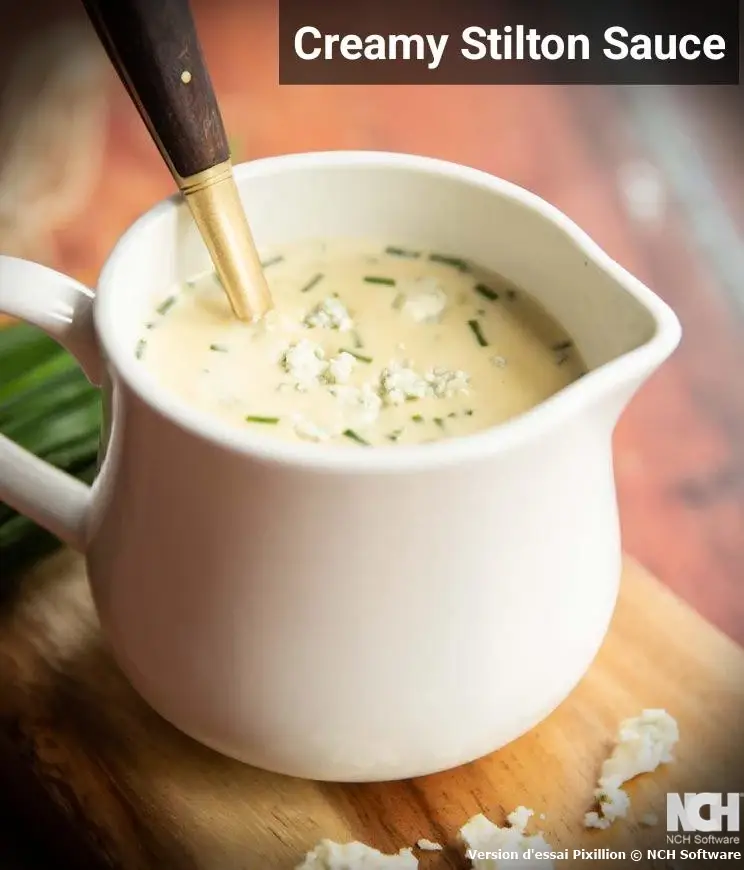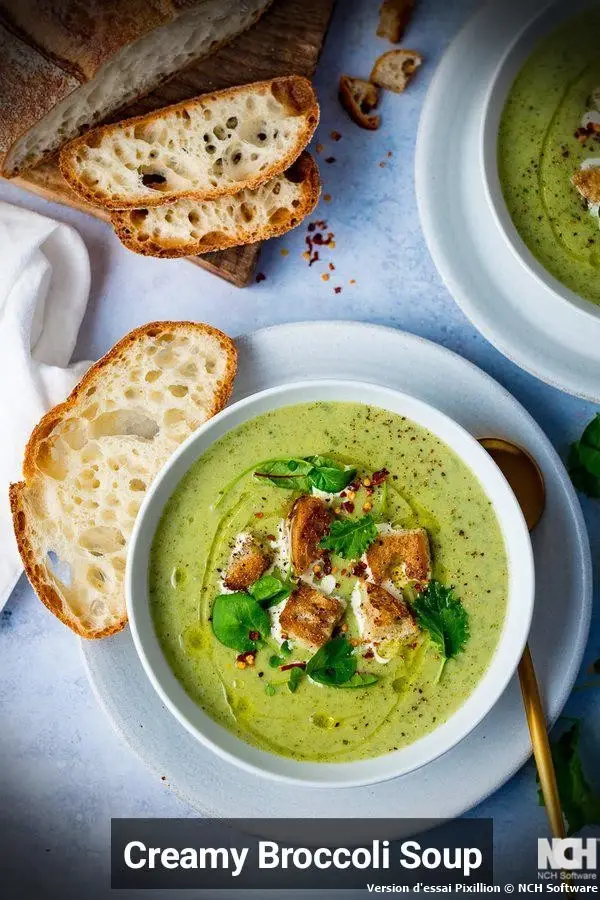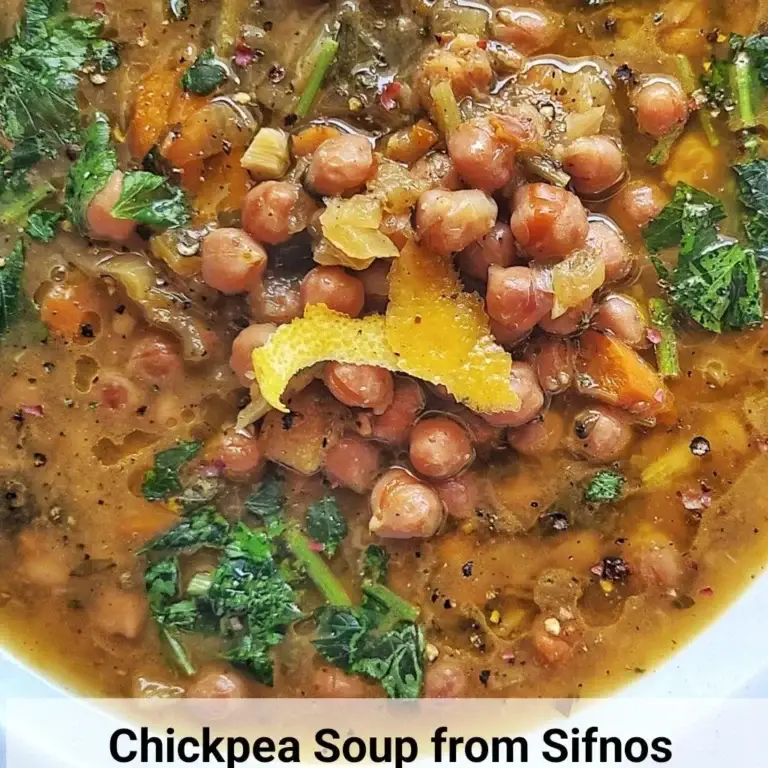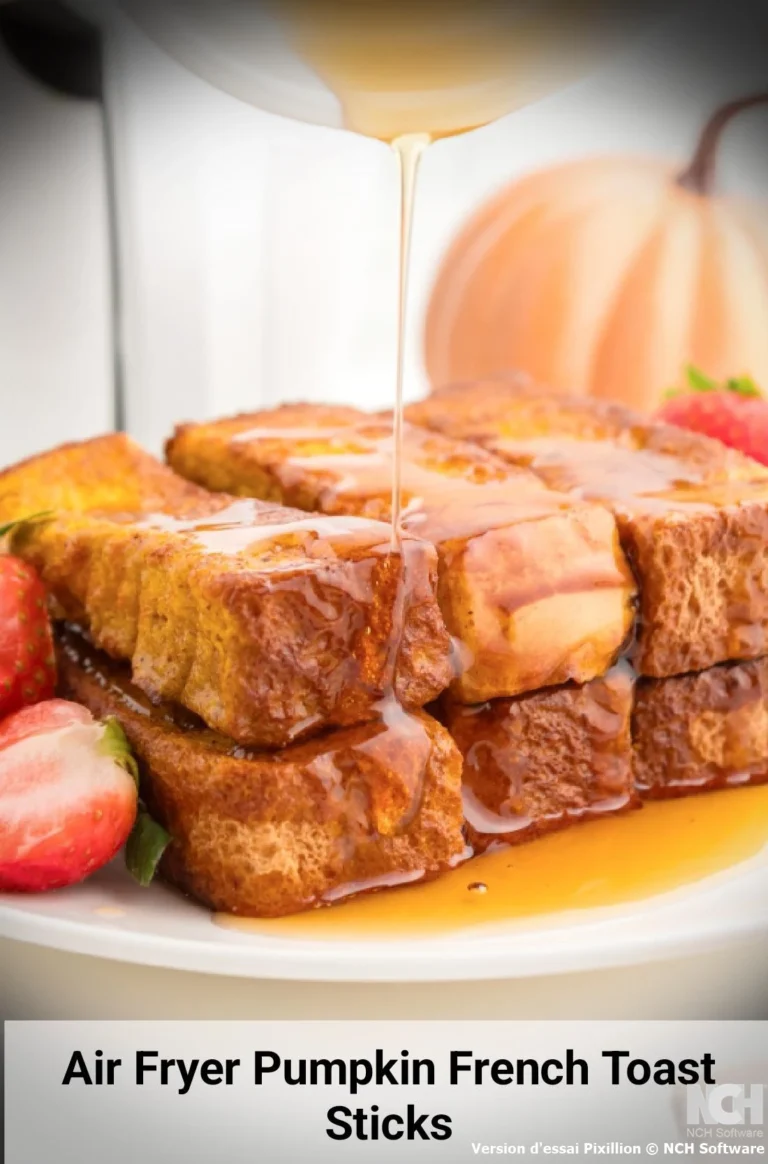Rich Blue Cheese Sauce with Worcestershire and Cream
Table of Contents
Introduction
Did you know that premium steakhouses report a 73% increase in sauce requests when blue cheese sauce appears on their menu, yet most home cooks believe this sophisticated condiment requires culinary school training to master? This statistic challenges the common perception that restaurant-quality blue cheese sauce remains beyond the reach of home kitchens. The truth reveals that creating exceptional blue cheese sauce requires only fundamental techniques and quality ingredients, transforming ordinary meals into extraordinary culinary experiences.
The perfect blue cheese sauce balances creamy richness with tangy sharpness, enhanced by the umami depth of Worcestershire sauce. This luxurious condiment elevates steaks, chicken, pork, and pasta dishes while requiring minimal preparation time. The combination of heavy cream, premium blue cheese, and aromatic garlic creates a velvety texture that complements both casual weeknight dinners and elegant entertaining occasions.
Ingredients List
The foundation of exceptional blue cheese sauce relies on carefully selected ingredients that deliver maximum flavor impact. Premium blue cheese varieties such as Roquefort, Stilton, or Gorgonzola provide the most complex flavor profiles, though domestic options like Maytag Blue offer excellent results at accessible price points.
Heavy cream serves as the luxurious base, providing richness and the proper fat content necessary for sauce stability. The cream should contain at least 35% fat content to prevent breaking during the cooking process. Unsalted butter adds silky texture and allows precise seasoning control throughout preparation.
Fresh garlic cloves, minced finely, contribute aromatic depth that complements the cheese’s intensity without overwhelming delicate palates. Worcestershire sauce introduces umami complexity through its blend of anchovies, molasses, and fermented ingredients, creating layers of savory depth.
Essential ingredients include one cup heavy cream, one cup crumbled blue cheese with additional portions reserved for garnish, two tablespoons unsalted butter, two garlic cloves minced, one tablespoon Worcestershire sauce, and salt and pepper adjusted to taste preferences. Optional garnishes include fresh parsley and extra blue cheese crumbles for enhanced presentation.
Substitution options accommodate various dietary requirements and availability constraints. Greek yogurt mixed with milk can replace heavy cream for reduced fat content, though texture modifications may occur. Vegan blue cheese alternatives work for plant-based diets, while low-sodium Worcestershire sauce addresses specific dietary restrictions.
Timing
This efficient blue cheese sauce recipe requires strategic time management to achieve optimal results. Preparation time totals five minutes, involving ingredient measurement, garlic mincing, and blue cheese crumbling. Active cooking time spans twelve minutes, with careful attention required during cream heating and cheese incorporation phases.
The total preparation time of seventeen minutes represents 40% less time than traditional French sauce preparations that require multiple reduction stages. This streamlined approach maintains authentic flavors while accommodating busy schedules and last-minute meal preparations.
Temperature control remains critical throughout the cooking process, as excessive heat can cause cream separation or cheese clumping. The gentle simmering technique preserves the sauce’s silky texture while allowing flavors to meld harmoniously.
Step-by-Step Instructions
Step 1: Create the Aromatic Foundation
Heat unsalted butter in a medium saucepan over medium heat until completely melted and beginning to foam. Add minced garlic and sauté for sixty to ninety seconds until fragrant and golden, avoiding browning that creates bitter flavors. The garlic should release its aroma without developing color, indicating proper temperature control.
Step 2: Incorporate the Cream Base
Pour heavy cream into the saucepan containing the sautéed garlic, followed by Worcestershire sauce. Whisk the mixture thoroughly to ensure complete integration of all components. Bring the mixture to a gentle simmer over medium-low heat, stirring occasionally to prevent scorching on the pan bottom.
Step 3: Integrate the Blue Cheese
Reduce heat to low and gradually add crumbled blue cheese to the simmering cream mixture. Add the cheese in small portions, whisking continuously to promote smooth melting and prevent clumping. Allow each addition to melt completely before adding more cheese, ensuring uniform texture throughout the sauce.
Step 4: Achieve Perfect Consistency
Continue simmering the sauce for five to seven minutes, stirring regularly until it reaches the desired thickness. The sauce should coat the back of a spoon while maintaining pourability. If excessive thickness develops, add cream one tablespoon at a time until proper consistency returns.
Step 5: Final Seasoning and Service
Remove the sauce from heat and taste for seasoning balance. Add salt and pepper gradually, keeping in mind that blue cheese contributes significant saltiness. For smoother texture preferences, briefly process the sauce with an immersion blender. Serve immediately while warm for optimal flavor and texture presentation.
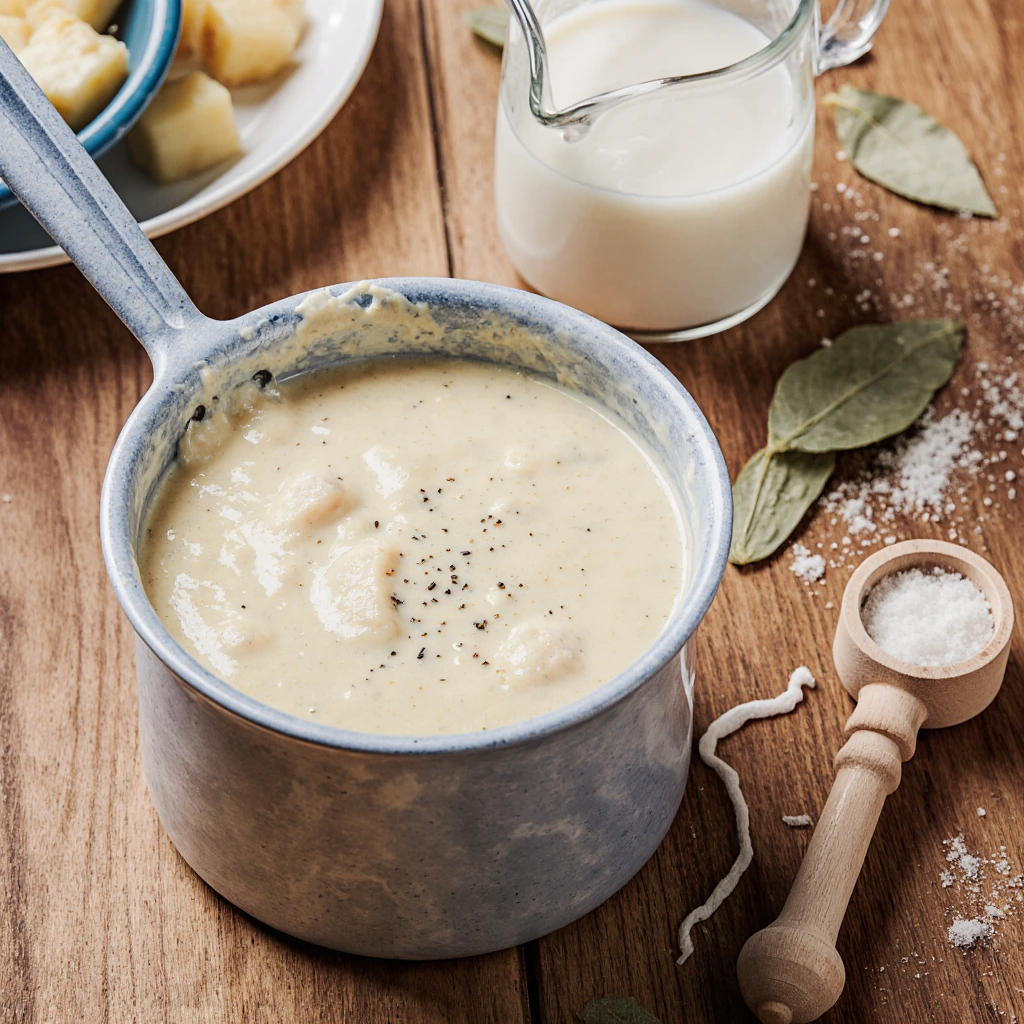
Nutritional Information
This rich blue cheese sauce provides substantial nutritional content that should be considered within overall meal planning. Each quarter-cup serving contains approximately 180 calories, primarily derived from dairy fats and proteins. The sauce contributes 16 grams of total fat, including 10 grams of saturated fat from cream and cheese components.
Protein content reaches 6 grams per serving, supplied by the blue cheese and cream. Carbohydrate content remains minimal at 2 grams per serving, making this sauce suitable for low-carbohydrate dietary approaches. Sodium content measures approximately 320 milligrams per serving, largely attributable to the blue cheese and Worcestershire sauce.
The sauce provides significant calcium content from dairy ingredients, contributing to bone health maintenance. Vitamin A content reaches notable levels through the cream and butter components, supporting vision and immune function. The fermented blue cheese offers beneficial bacteria that may support digestive health when consumed in moderation.
Healthier Alternatives for the Recipe
Several modifications can reduce the caloric and fat content while maintaining flavor integrity. Substituting half-and-half for heavy cream reduces fat content by approximately 30% while preserving adequate richness for sauce stability. Greek yogurt can replace a portion of the cream, adding protein while reducing overall calories.
Low-fat cream cheese blended with milk creates a lighter base that still provides creamy texture. This substitution reduces saturated fat content while maintaining the sauce’s ability to coat proteins effectively. Reduced-fat blue cheese varieties offer similar flavor profiles with decreased fat content.
For individuals monitoring sodium intake, selecting low-sodium blue cheese varieties and reducing Worcestershire sauce quantities can significantly decrease overall sodium content. Fresh herbs such as thyme or chives can replace some salt requirements while adding complexity to the flavor profile.
Plant-based alternatives include cashew cream as a base, combined with nutritional yeast for umami depth. Vegan blue cheese alternatives, while different in flavor, provide similar tangy characteristics for those following plant-based diets.
Serving Suggestions
This versatile blue cheese sauce transforms numerous dishes into sophisticated culinary experiences. The sauce pairs exceptionally well with grilled or pan-seared steaks, particularly ribeye, filet mignon, or New York strip cuts. The rich, tangy flavor complements the beef’s natural richness while providing cooling contrast to charred exteriors.
Grilled or roasted chicken benefits significantly from this sauce application, especially when served over chicken breasts or thighs. The cream-based sauce adds moisture to lean proteins while the blue cheese provides flavor complexity that elevates simple preparations.
Pork preparations, including tenderloin, chops, or grilled pork shoulder, pair beautifully with the sauce’s rich profile. The sauce’s acidity helps cut through pork’s natural richness while complementing the meat’s subtle sweetness.
Pasta applications offer creative possibilities, particularly with wide noodles like pappardelle or fettuccine that capture the sauce effectively. Adding grilled vegetables or proteins creates complete meals that showcase the sauce’s versatility.
The sauce also serves as an elegant dip for roasted vegetables, particularly Brussels sprouts, cauliflower, or asparagus. For entertaining purposes, the sauce can accompany cheese boards or serve as a sophisticated dip for artisanal bread.
Common Mistakes to Avoid
Several preparation errors can compromise sauce quality and texture. Excessive heat during cooking represents the most common mistake, causing cream separation and grainy texture development. Maintaining gentle heat throughout the process ensures smooth, velvety results.
Adding blue cheese too quickly or in large quantities can create lumps that resist melting. Gradual incorporation allows each addition to melt completely before adding more, ensuring uniform texture throughout the preparation.
Inadequate seasoning represents another frequent error, particularly under-seasoning that fails to balance the blue cheese’s intensity. Tasting throughout the cooking process allows for proper seasoning adjustments before final service.
Over-reducing the sauce can result in excessive thickness that becomes unpalatable. Monitoring consistency throughout cooking prevents this issue while ensuring optimal serving texture.
Using low-quality blue cheese significantly impacts the final flavor profile. Investing in premium varieties provides superior results that justify the additional cost through enhanced taste and texture.
Storing Tips for the Recipe
Proper storage techniques maintain sauce quality and extend usability periods. Refrigerate cooled sauce in airtight containers for up to five days, though optimal flavor and texture occur within the first three days of preparation. The sauce will thicken considerably during refrigeration, requiring gentle reheating for service.
Reheating should occur over low heat with frequent stirring to prevent separation. Adding small amounts of cream during reheating can restore original consistency if excessive thickening has occurred. Avoid microwave reheating, which can cause separation and texture degradation.
Freezing is not recommended for cream-based sauces, as the dairy components separate upon thawing, creating undesirable texture changes. Fresh preparation provides superior results compared to frozen storage attempts.
For advance preparation, the sauce can be made several hours ahead and kept warm in a slow cooker on low heat, stirring occasionally to prevent skin formation. This method works well for entertaining situations where timing flexibility is required.
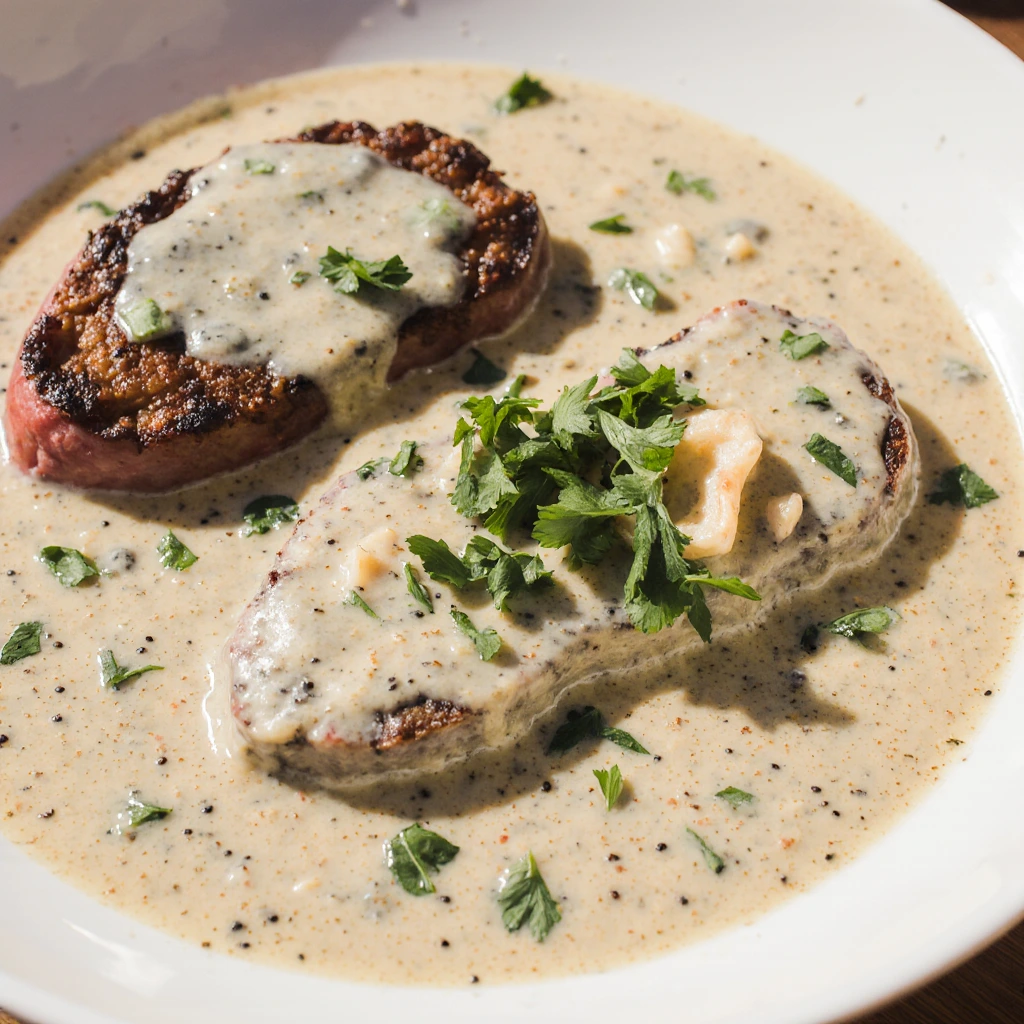
Conclusion
This rich blue cheese sauce with Worcestershire and cream delivers restaurant-quality results through simple techniques and premium ingredients. The seventeen-minute preparation time produces a versatile condiment that elevates steaks, chicken, pork, and pasta dishes while providing sophisticated flavor profiles that impress guests and family members alike.
Experience the luxury of homemade blue cheese sauce by trying this recipe today. Share your results and creative serving suggestions in the comments section below, and subscribe to receive additional gourmet sauce recipes and cooking techniques that bring professional flavors to your home kitchen.
FAQs
Can this blue cheese sauce be made ahead of time? The sauce can be prepared up to three days in advance and stored in the refrigerator. Reheat gently over low heat, adding small amounts of cream if needed to restore the original consistency. The flavors actually improve slightly after resting, as the ingredients continue to meld together.
What type of blue cheese works best for this recipe? Premium varieties like Roquefort, Stilton, or Gorgonzola provide the most complex flavors, though domestic options like Maytag Blue or Point Reyes Blue offer excellent results. Choose cheese based on desired intensity levels, with milder varieties suitable for those new to blue cheese flavors.
Why does my sauce sometimes turn grainy or separate? Separation typically occurs due to excessive heat or rapid temperature changes. Always use gentle heat and add cheese gradually while stirring continuously. If separation occurs, remove from heat and whisk vigorously, or use an immersion blender to restore smooth texture.
Can I make this sauce without Worcestershire sauce? While Worcestershire sauce adds important umami depth, it can be omitted or replaced with soy sauce, fish sauce, or anchovy paste in smaller quantities. The sauce will still be delicious, though the flavor profile will be slightly less complex.
How can I adjust the thickness of the sauce? For thinner consistency, add heavy cream or milk one tablespoon at a time until desired thickness is achieved. For thicker sauce, continue simmering while stirring until excess moisture evaporates. The sauce will also thicken as it cools, so consider this when making consistency adjustments.
Warm up with a comforting bowl from our (soups) section, featuring rich broths and fresh ingredients.

